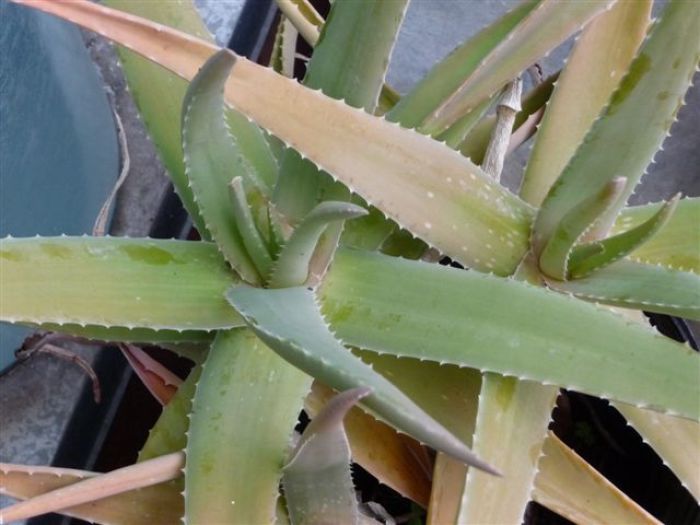
We are in mid-winter February and today the temp is 38° F. This past week we had two days in the 60s and one day that nearly reached 70, which was almost a record breaker for our zone 7 Maryland winter. Last winter, this time, we had a blizzard and had over three feet of snow. So we are lucky to have had a few days of above-normal warmer weather. It gave everyone a reprieve from the winter doldrums and people were actually out in tee shirts and flipflops! I knew that this was just a tease of spring—enjoyed it for the moment—and then cold winds blew in with 50 mile an hour gusts and rain mixed with snow. We are expecting five-inches tonight.
Inside, I let the woodstove go out for a few days, however today I had to build and start a fire. In our passive-solar greenhouse, the seedlings which I sowed seed for on February 6—just two weeks ago yesterday—have all germinated, well at least all that are going to do so. I planted baby greens and lettuces, some of them were old seed and some new. The germination for the older seed was less than the new seed and a few of them were a little thin. I transplanted a few of the crowded robust clumps into the flat where the others were more sparse—I plan to cut and eat right from this flat. The dill and coriander are also up and I will use them in salads also. The germination of seeds and this new green growth make me think spring and alleviates the cabin fever, which many of us suffer from this time of year.
The rest of the houseplants and tender perennials are hanging in, waiting for spring, just like us gardeners. I water them minimally in winter—only about, at most twice a week—since I figure they are sort of in a dormant state. In fact, I don’t fertilize either—I will do that in March when they start to produce new growth. Right now some of the leaves are looking a bit yellow and some of the more tender plants have lost leaves or some of their foliage has turned brown. I had to water extra on those sunny warm days since their soil dried out more quickly than usual.
My aloes don’t need much water, just like the cacti. For the third year in a row, my grandmother Aloe vera has sent up a flower stalk. I love that these useful medicinal succulents will bloom for me in captivity. In her Family Herbal, Rosemary Gladstar says “A virtual first-aid kit in a plant, Aloe vera may well be one of the most useful houseplants you can grow.” For me, there is nothing better for a burn or sunburn than the fresh juice from one of the leaves of my plants. I have a number of large ones and then, since they make babies so easily, there are many small ones in the pots around the base of the larger ones. I love to share these “pups” with other gardeners.
The following excerpt below is from my book the creative herbal home co-authored with Tina Marie Wilcox. Tina is the head gardener, herbalist and event planner of all things herbal at the Ozark Folk Center in Mountain View, Arkansas, where she grows lots of Aloe vera for sale. I will be at the Folk Center in March, where I will be teaching two days of Folk School and also for the annual Herbal Field Trip & Medicinal Herb Workshop.
Aloe vera plants hail from Africa, Arabia and the Cape Verde Islands along the Mediterranean coast. The gelatinous leaf juice is used topically to treat minor burns and wounds. The juice is antiseptic, digestive, insecticidal, larvicidal and emollient. The yellow juice, present just under the outer-leaf skin, is a powerful purgative when taken internally. (Persons suffering from spastic colon should not take aloe vera juice or other herbs containing anthraquinones as purgatives.)
Aloe is a fairly easy plant to grow and makes a good container plant. It needs soil with good drainage amended with some sand and rocky grit. Since it is a warm weather succulent its main requirement is full sun for about 6 hours a day and watering just before the soil dries out. If you don’t have an aloe, get one—and if you do have one—share your pups!



























Comments
Log in or create an account to post a comment.
Sign up Log in